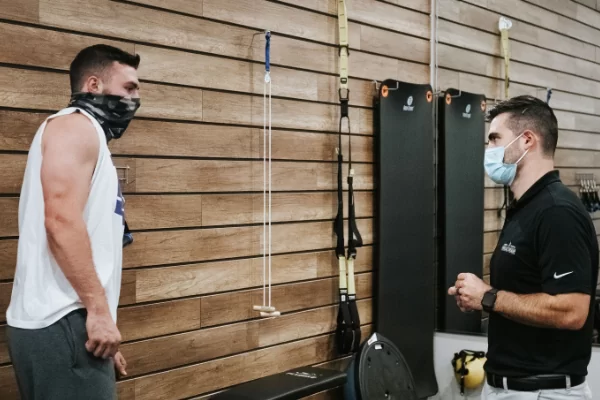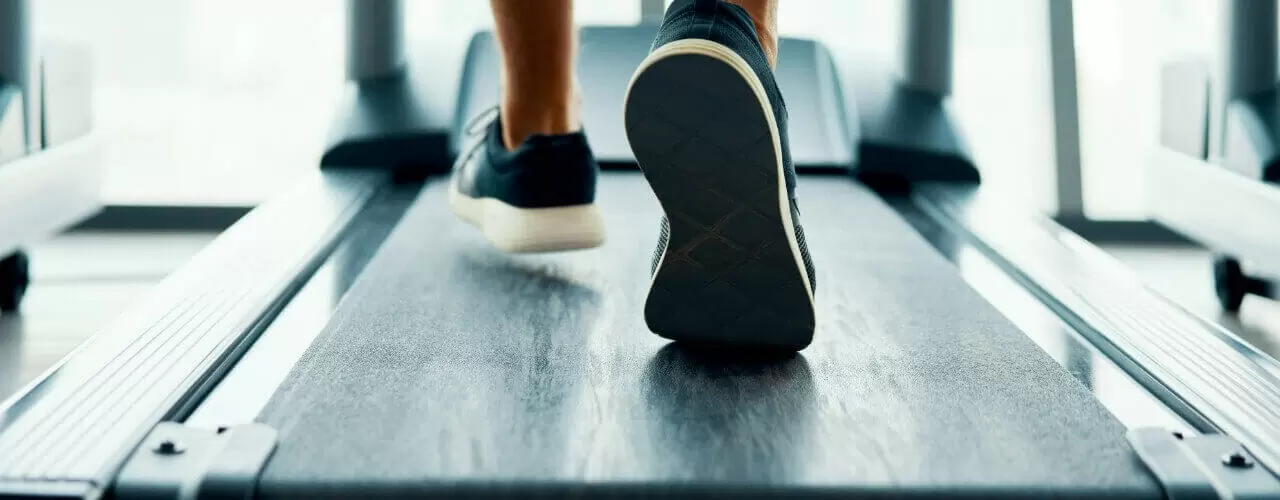Running is a great way to improve your health and stay in shape. Unfortunately, there are several types of sports injuries associated with running. The good news? There are just as many ways to heal from running injuries, as well as prevent them from occurring.
North Austin Physical Therapy has years of experience treating athletes with various running injuries. We can help you if you’re struggling to make a full recovery! Give us a call to set up an appointment, and in the meantime, keep reading to learn more about common running injuries and the best ways to treat them.
The importance of proper running mechanics
A recent study published in the National Institutes of Health analyzed the effects of cadence on a runner’s likelihood of sustaining an injury. Forty-five healthy runners were studied to determine how differences in rhythm affected loading on the hip and knee joints.
Results concluded that a quicker cadence “generally leads a runner to hit midfoot compared to runners with longer strides,” which can cause pain or injury. To improve your rhythm, try making your strides longer! This will reduce loading on the hips and knees, preventing damage.
In another study published in the National Institutes of Health, several running mechanics were analyzed through video assessments, including the base of support. This is an important mechanic to evaluate, as foot placement is one of the most integral parts of running.
It was noted that, as a general rule, “the left and right feet should not overlap in their ground contact location.” There should always be space between foot placement, as a narrow base of support has been known to cause painful conditions, such as tibial stress fractures and iliotibial band syndrome.
Do any of these conditions sound familiar?
1. Achilles Tendonitis
This is a heel injury that frequently results in pain and swelling. Running in old or low-quality shoes can lead to this condition.
To treat Achilles tendonitis, your therapist may recommend icing, elevating the foot to reduce swelling, and wearing shoe inserts. It’s also important to remember that strong calves will aid in the prevention of relapses.
2. Plantar Fasciitis
This is one of many sports injuries that can affect not only runners but anyone who walks a lot or stands on their feet for extended periods of time.
As a result of this injury, you may experience discomfort across the arch or heel. Rest and a more comfortable pair of shoes are frequently effective treatments for this issue. Shoe inserts could also be useful.
Many types of running injuries can be avoided by wearing proper footwear, practicing proper running technique, and engaging in strength training. If you’ve been injured, you should think about incorporating physical therapy into your routine.
Physical therapy, rather than seeing a chiropractor or undergoing surgery, may be a better option for treating running-related injuries, according to a Wellness article in US News.
3. Patellofemoral Syndrome
This condition, also known as “Runner’s Knee,” is caused by the breakdown of cartilage beneath the kneecap.
According to Runner’s World, approximately 40% of runner injuries occur in the knee. While this condition often improves on its own, physical therapy may be required to improve it and eliminate discomfort.
4. Shin Splints
Almost every runner has experienced inflammation and pain in the lower leg tendons and muscles.
According to Web MD, shin splints are more likely to occur after changing your workout routine. Shin splints are treated by reducing your running, using over-the-counter pain relievers, and icing.
How physical therapy can help treat these injuries
Physical therapy has two primary objectives: healing and prevention. In addition to treating the injury, our physical therapists will work with you to strengthen the injured area so that it does not reoccur.
Our physical therapists will also teach you how to warm up and cool down for jogging to reduce your risk of further injury.
Our physical therapists will create a treatment plan for you that is specific to your needs. Physical therapy is a natural and comprehensive approach to rehabilitation that includes services such as:
- Manual therapy. This may include massage or joint mobilizations.
- Modalities. This may include specialized treatments that your physical therapist has been certified to perform, such as ultrasound or electrical stimulation.
- Therapeutic exercises. This may include any targeted movement to help you find relief, including, but not limited to: area-specific exercises, balance and coordination exercises, muscle performance exercises, range of motion exercises, posture exercises, and relaxation exercises.
Physical therapy has been shown to be effective in the treatment of both acute and chronic injuries such as ligament sprains, muscle strains, plantar fasciitis, bursitis, tendinitis, and others.
Your physical therapist will educate you on what your body is going through and how it will recover. Your physical therapist and you will collaborate to help you achieve your physical goals, allowing you to be engaged and active in your rehabilitation.
Physical therapy provides far more than just current symptom relief; it also provides running injury prevention and natural performance enhancement.
If you are a runner who has sustained a running-related injury, don’t sit out any longer. With the help of our physical therapy team, you can take your recovery to the next level. Confirm your appointment with one of our skilled physical therapists today to get started on the road to recovery!
Are you ready to get back to the things you love? Contact North Austin Physical Therapy today!
Are you suffering from a running-related injury? We are here to help! Schedule an appointment with one of our physical therapists today to begin the first steps of your treatment plan– and to learn more about how to avoid future injuries!
Sources
- http://www.webmd.com/fitness-exercise/running-injuries-causes-prevention-treatment#1
- http://www.runnersworld.com/health/the-big-7-body-breakdowns
- http://health.usnews.com/health-news/blogs/eat-run/2013/10/07/physical-therapy-for-running-injuries
Tags: physical therapy, physical therapist, health and wellness, Running Injuries



